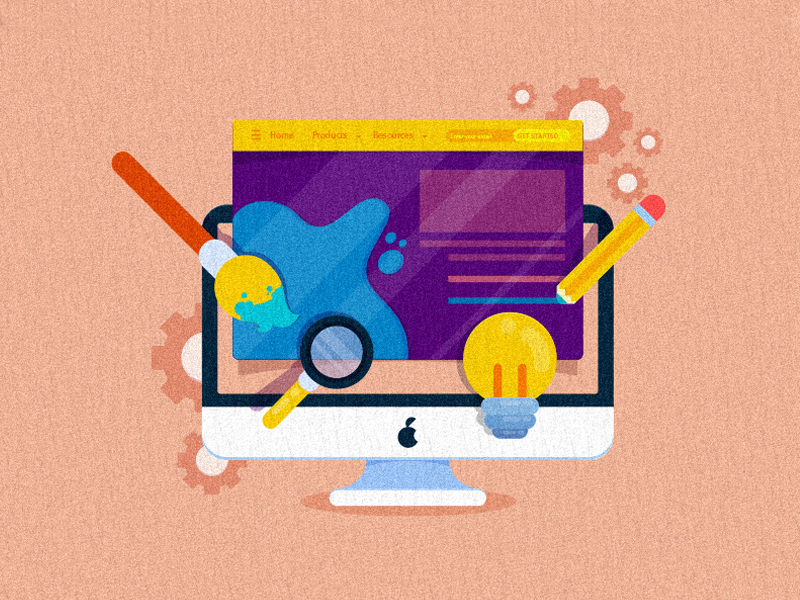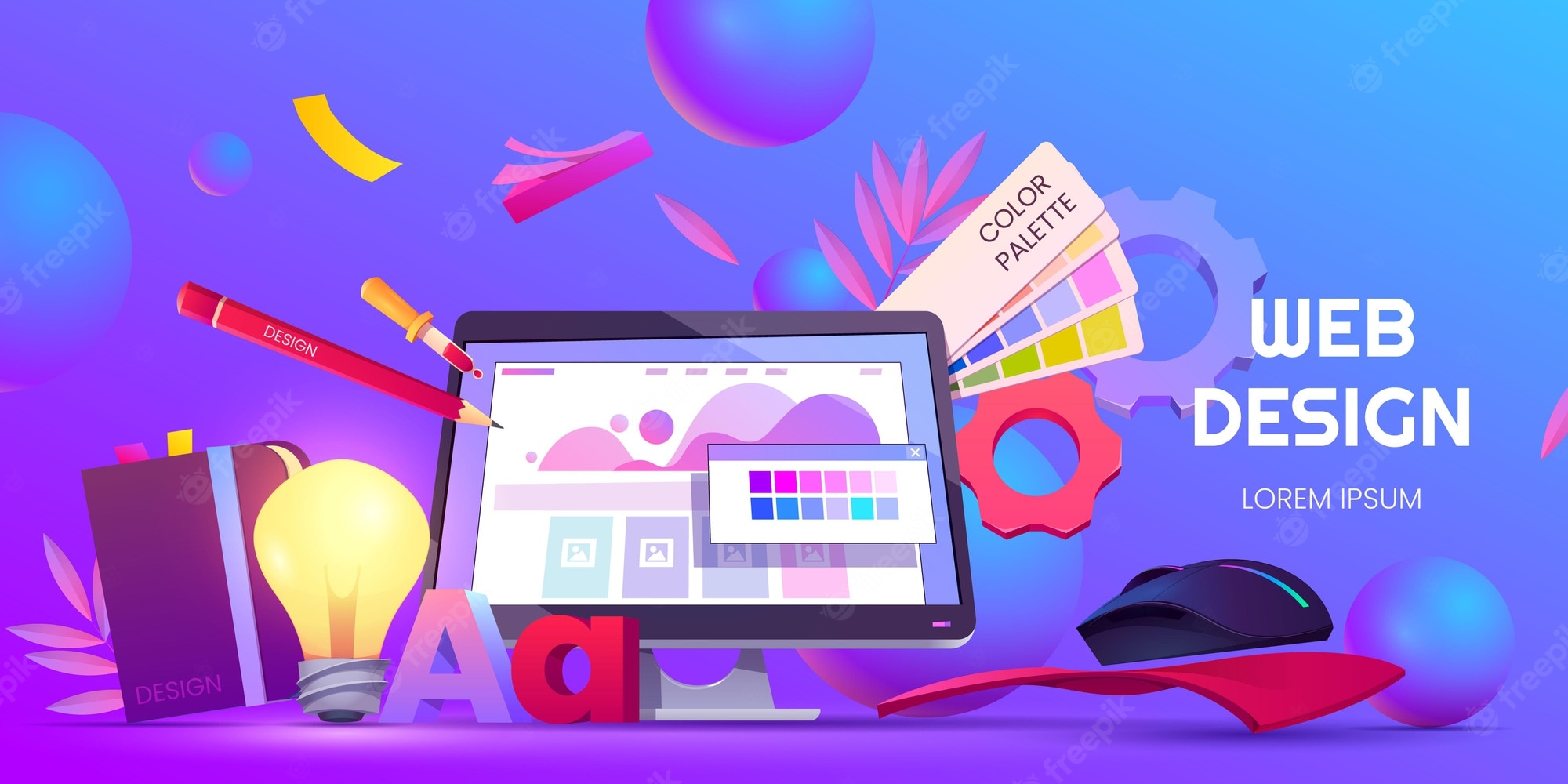Professional Aligned Position Web Design: Custom Websites Tailored to Your Business Needs
Professional Aligned Position Web Design: Custom Websites Tailored to Your Business Needs
Blog Article
The Most Effective Kinds Of Website Design to Boost Individual Experience and Involvement
In the ever-evolving landscape of digital communication, the efficiency of Web layout significantly affects individual experience and engagement. Various layout techniques, such as minimal, receptive, and interactive layouts, each deal special benefits that can accommodate diverse customer needs. Understanding which types of website design best serve these goals can be essential for organizations intending to improve consumer contentment and retention. The concern remains: which layout aspects absolutely reverberate with users and foster purposeful involvement? The expedition of these principles reveals vital insights that may redefine your technique to Web style.
Minimalist Website Design
As digital landscapes become significantly messy, minimal website design has actually become a powerful technique to boosting customer experience. This layout viewpoint focuses on simplicity, concentrating on crucial aspects while getting rid of unnecessary interruptions. By utilizing sufficient white space, simple navigating, and a minimal color palette, minimal layout cultivates clarity and routes individual interest to crucial web content.
The core concept of minimalist website design is to produce a seamless communication for individuals. By reducing cognitive lots, users can quickly realize details without feeling bewildered. This straight approach not only improves functionality but likewise urges engagement, as visitors are much more likely to explore a website that is easy and aesthetically attractive to browse.
Additionally, minimal design commonly stresses typography and images, using these aspects strategically to convey messages properly. This emphasis on vital components can boost brand identification and produce a remarkable user experience. In essence, minimalist website design is not just a fad; it is a thoughtful approach that acknowledges the importance of user-centered style. By removing peripheral aspects, developers can produce a more interesting, efficient, and pleasurable Web experience for all users.
Receptive Web Layout
In today's diverse digital environment, responsive website design has actually come to be vital for creating a seamless customer experience throughout a plethora of gadgets. As customers accessibility sites on smartphones, laptops, tablets, and desktops, the capability of a web site to adjust its format and content to various screen dimensions and resolutions is essential.
Responsive Web design employs flexible grids, pictures, and CSS media queries to make sure that Web content is presented efficiently, no matter of the device utilized. This method not just enhances the visual allure of an internet site yet likewise substantially improves use. Customers are more most likely to engage with a site that uses a consistent experience, as it eliminates the frustration of needing to zoom in or scroll exceedingly.
Additionally, online search engine, consisting of Google, focus on mobile-friendly sites in search positions. By embracing receptive design, organizations can boost their exposure and get to a more comprehensive target market. This approach additionally simplifies web site maintenance, as a solitary version of the site can accommodate all tools, reducing the requirement for several variations. In recap, receptive website design is a basic technique that enhances customer experience, involvement, and overall satisfaction.
Interactive Website Design
Receptive website design prepares for boosting customer experience, yet interactive Web design takes this an action further by engaging users in a more vibrant method - Aligned Position Web Design. By incorporating elements such as animations, clickable prototypes, and real-time responses, interactive website design astounds customers, attracting them right into a richer surfing experience
This method not only cultivates engagement but also encourages individuals to discover material actively instead of passively consuming it. Techniques such as gamification, where users make incentives for finishing tasks, can significantly enhance the time spent on a website and improve overall contentment. Interactive attributes can simplify complex information, making it more absorbable and enjoyable.

Including interactive layout components can likewise result in higher conversion prices, as customers are more probable to engage with a website that proactively includes them. Aligned Position Web Design. Eventually, interactive website design transforms individual experiences into memorable trips, making sure that visitors return time and once again
Flat Design
Characterized by its minimalistic technique, level layout highlights simpleness and performance, removing away unneeded components and concentrating site on crucial features. This layout philosophy prioritizes functionality, making certain that customers can browse interfaces easily and effectiveness. By employing a tidy aesthetic, flat style gets rid of the clutter frequently located in much more ornate styles, thereby improving individual concentrate on material and functionality.
The characteristic of flat design depends on its usage of strong colors, simple typography, and geometric shapes. These components add to a visually attractive user interface that is both approachable and contemporary. Furthermore, level style cultivates a feeling of clarity, allowing users to recognize crucial activities and details without distraction.
Additionally, flat design is especially efficient in responsive website design, as its simpleness converts well throughout various tools and screen dimensions. The absence of detailed textures and gradients reduces filling times, which is important for preserving user involvement. As digital landscapes proceed to advance, level design continues to be a pertinent selection for creating easy to use web sites that boost overall experience. By concentrating on necessary features, level design not just fulfills individual needs but additionally encourages seamless interaction, making it an essential component of efficient website design approaches.
Adaptive Web Design
Adaptive Web design customizes the individual experience by producing several dealt with designs tailored to various display sizes and tools. Unlike receptive style, which fluidly adjusts a solitary design, flexible style uses distinct formats for details breakpoints, ensuring ideal presentation on various platforms. This strategy enables designers to concentrate on the unique qualities of each device, boosting usability by supplying precisely what individuals require based upon their context.
One of the main advantages of flexible Web style is its capacity to maximize tons times and efficiency. By serving customized material and photos that fit the individual's gadget, sites can reduce information use and boost loading speeds. This is especially beneficial for individuals with slower links or minimal data strategies.

In click this link addition, adaptive layout promotes a much more regulated and consistent branding experience. Considering that designers develop several formats, they can make sure that the aesthetic elements align with the brand name's identification throughout different platforms - Aligned Position Web Design. This leads to a natural customer experience, boosting involvement and advertising individual retention
Conclusion
In conclusion, the assimilation of minimal, receptive, and interactive website design concepts dramatically enhances customer experience and interaction. Minimal layout promotes quality and focus, while responsive style guarantees versatility across numerous gadgets, promoting access. Interactive style astounds individuals via vibrant components, motivating expedition and customization. Collectively, these style approaches contribute to the development of user-friendly atmospheres that not only improve fulfillment but additionally drive greater conversion rates, emphasizing their important significance in modern Web style approaches.

Minimalist layout fosters clearness and emphasis, while responsive style ensures adaptability throughout different gadgets, advertising ease of access. Collectively, these design comes close to contribute to the production of user-friendly why not check here settings that not only improve fulfillment however also drive greater conversion rates, highlighting their essential importance in contemporary Web style approaches.
Report this page